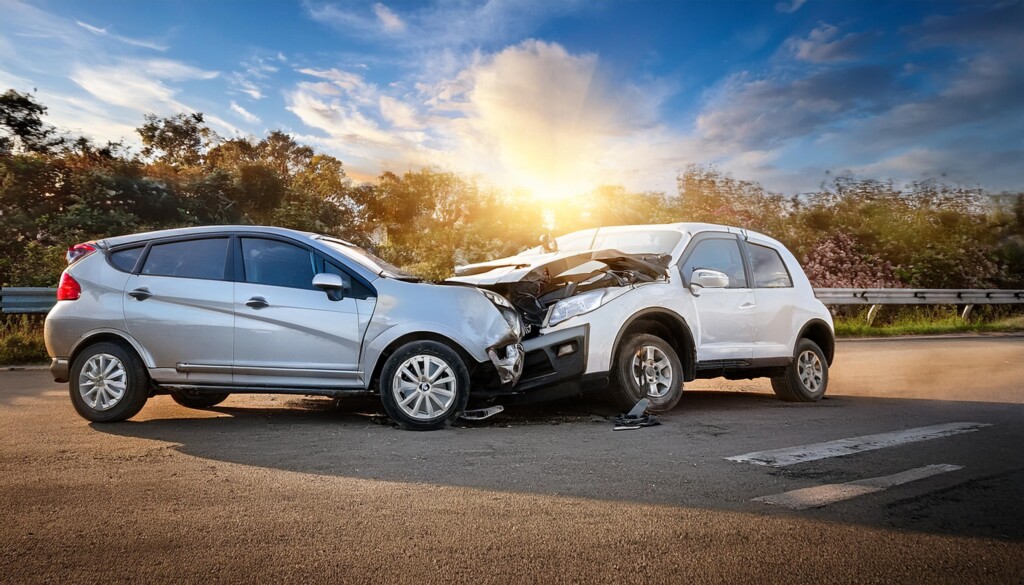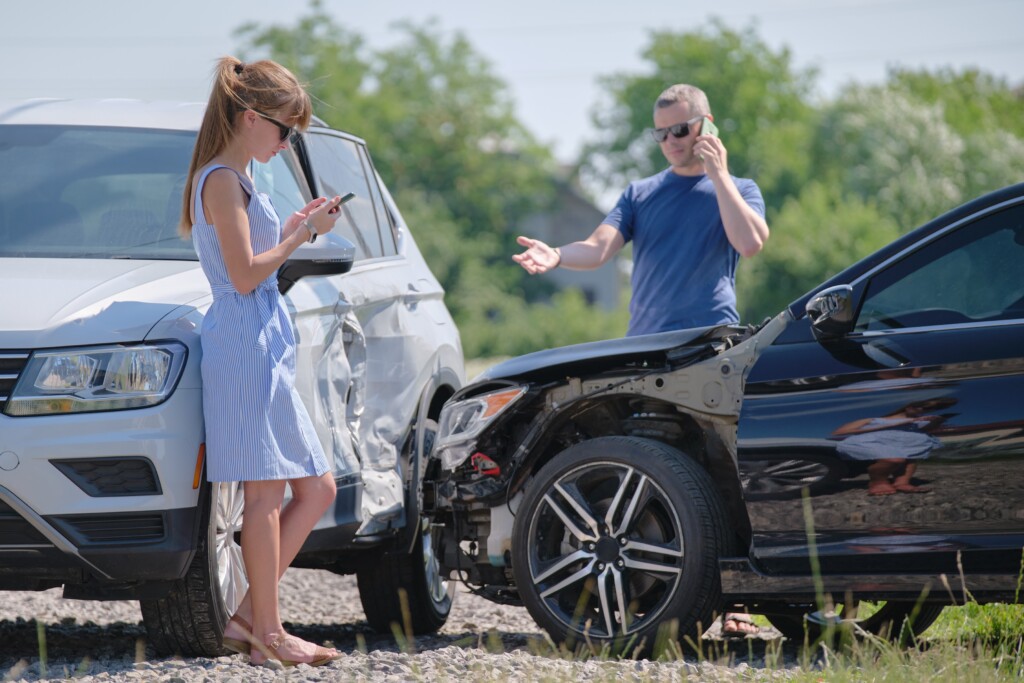
Accidents happen without warning. Whether it’s a small bump or a serious collision, what you do next can affect your safety and your rights. Acting quickly and calmly helps protect you, your passengers, and your insurance claim. This guide explains each step clearly so you know how to handle an accident from start to finish.
Step 1: Stay Calm and Ensure Safety First
The first few minutes after an accident can be overwhelming. Start by making sure everyone is safe before thinking about paperwork or insurance.
Move to Safety and Turn On Hazard Lights
If possible, pull your vehicle to the side of the road or another safe area. Turn on your hazard lights to warn approaching drivers. If traffic is heavy or the area feels unsafe, stay inside the car with your seatbelt fastened until help arrives.
Check for Injuries and Call for Help
Check yourself, your passengers, and anyone involved for injuries. Even minor pain or dizziness should be taken seriously. Call emergency services right away if anyone is hurt. It’s also smart to contact the police so an officer can make an official police report at the scene. This record can be useful when you file your claim later.
Step 2: Gather Key Information at the Scene

Once the situation is under control, start collecting the details you’ll need for reports and claims. Accurate information helps avoid disputes later.
Exchange Contact and Insurance Details
Ask the other driver for their license plate number, driver’s license, vehicle registration, and insurance information. Share your own details as well. If anyone saw the accident happen, get their names and contact numbers. Witness accounts can help clarify what took place.
Document the Scene
Take clear photos of vehicle damage, property damage, and the surrounding area. Include road signs, traffic lights, and weather conditions. Write down the time, location, and your version of events while they’re still fresh in your mind. These details will help your insurance adjuster and make your report stronger.
Sometimes, though, the situation becomes more complicated, especially if the other driver disputes what happened or if there’s a potential injury claim involved. In these cases, getting proper legal guidance can make all the difference. It helps to reach out to a trusted criminal, dui, and injury lawyer in California or your location who understands both personal injury and accident-related legal matters. Having the right legal support early on ensures that your rights stay protected from the very start.
Step 3: Report the Accident Promptly
After leaving the scene, make sure the incident is officially documented. Reporting it quickly keeps your claim process smooth.
Contact the Police Station if Needed
If no officer arrived earlier, visit or call the nearest police station to file a formal accident report. Ask for a copy or the report number. Most insurance companies will ask for this when processing your claim.
Notify Your Insurance Agent or Company
Once the report is filed, call your insurance agent or insurance company to open your claim. Give clear, factual information and share the report number when available. Avoid guessing or discussing fault until the investigation is complete.
Step 4: Work With Your Insurance Company
After reporting the incident, your insurance adjuster will begin reviewing your claim. Staying organized and responding promptly will help things move faster.
File the Insurance Claim Correctly
Ask your adjuster what your policy includes, such as collision coverage, rental car benefits, or towing services. Provide photos, repair estimates, and receipts for any payments you’ve made. Keep track of your claim reference number and save all communication for future reference.
Follow Up on Your Claim
Check your claim’s progress regularly. Reply quickly if your adjuster needs more information. Review settlement offers carefully before accepting. If something seems unclear, ask for clarification or seek professional advice. Careful review now helps protect your financial interests later.
Step 5: Protect Your Legal Rights
Even after you file your claim, problems can still arise. Fault may be disputed, or injuries might appear days later. Taking a few extra precautions helps protect your position.
Avoid Quick Settlements
Don’t rush to accept a payout or sign release papers right away. Some issues, like hidden vehicle damage or delayed injuries, take time to surface. If you’re unsure about a settlement, get legal advice before signing.
Keep Detailed Records
Save every document related to the accident, including medical bills, repair receipts, and written communication with your insurer. Keep everything in one folder or digital file so you can easily access it later. Good recordkeeping supports your case if questions arise about coverage or fault.
Step 6: Create an Accident Checklist for the Future
Preparation can make a stressful situation easier to handle next time. A quick reference guide helps you stay focused if another accident happens.
Keep an Emergency Kit in Your Car
Store a first-aid kit, flashlight, pen, notepad, and disposable gloves in your vehicle. Add a printed accident checklist to record license plate numbers, insurance details, and police contact information. Keep copies of your vehicle registration and insurance card in your glove box. Being prepared gives you peace of mind on the road.
Conclusion
Knowing what to do after a crash helps you stay calm and protect both your safety and your rights. Collect accurate details, file reports promptly, and stay in touch with your insurer until everything is resolved. With the right steps, you can handle any auto accident responsibly and get back on the road with confidence.




